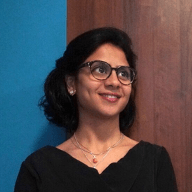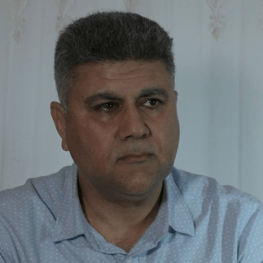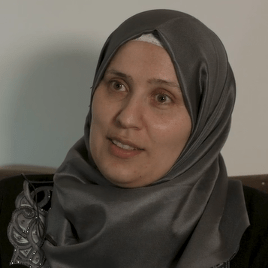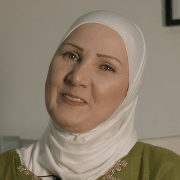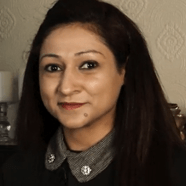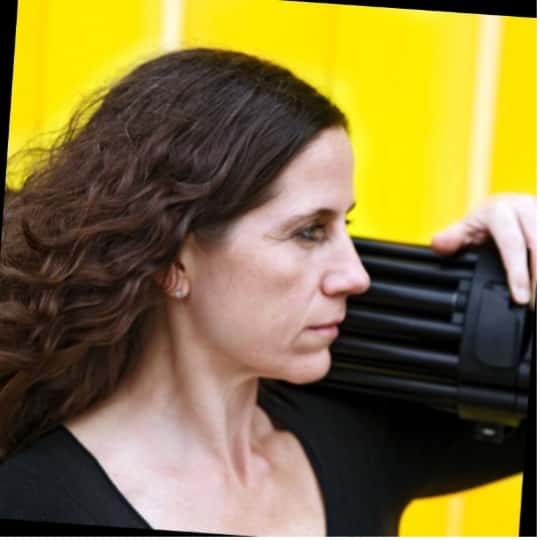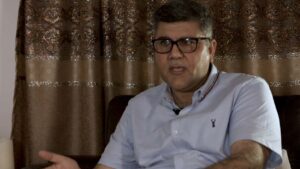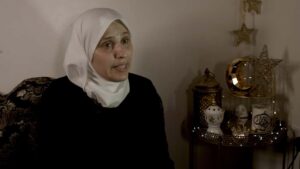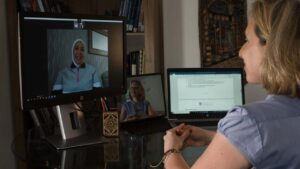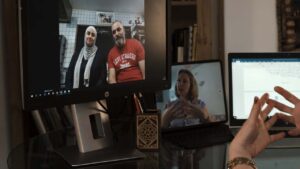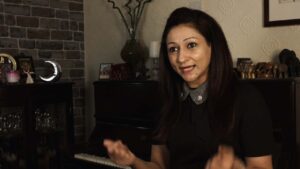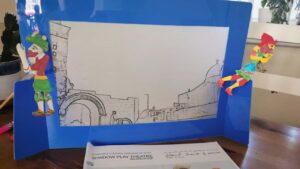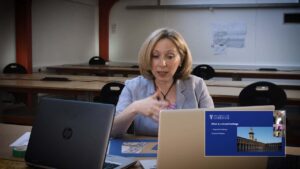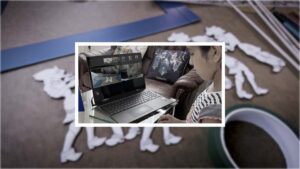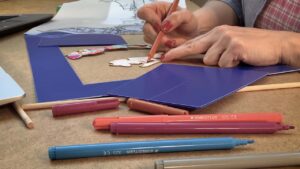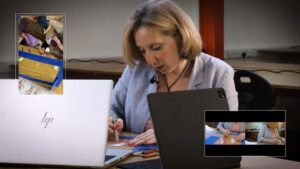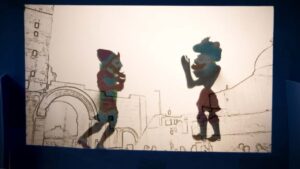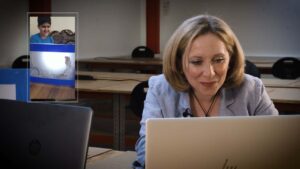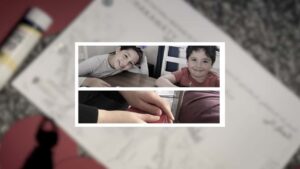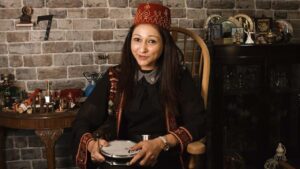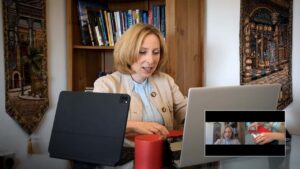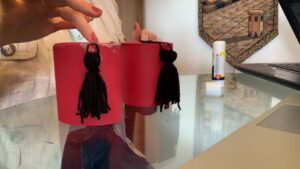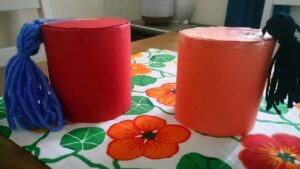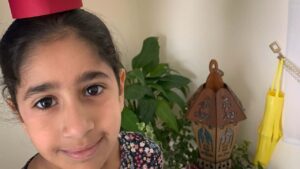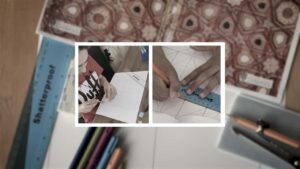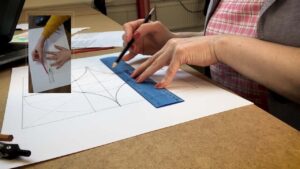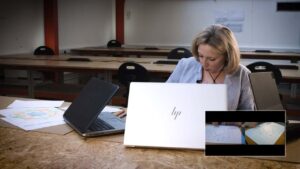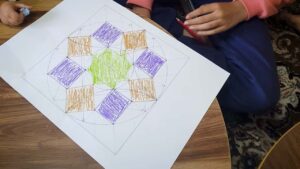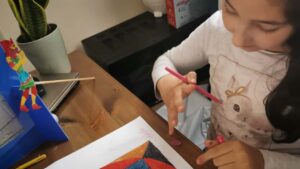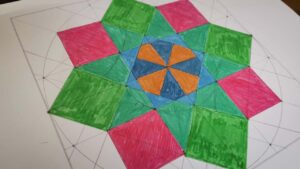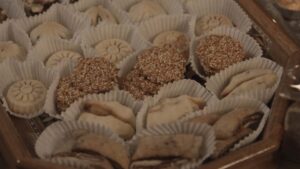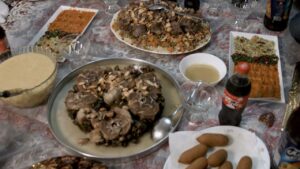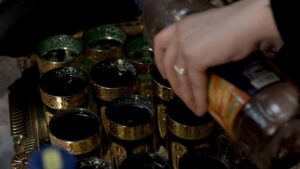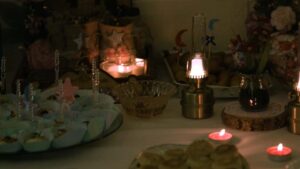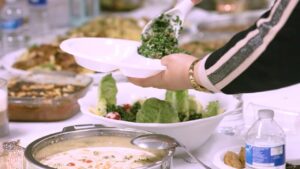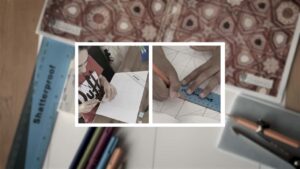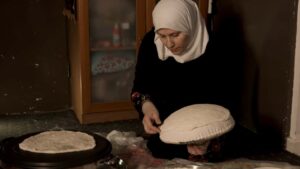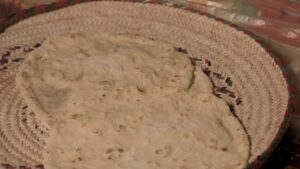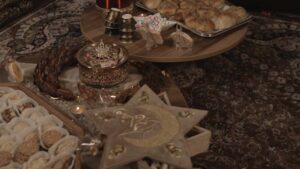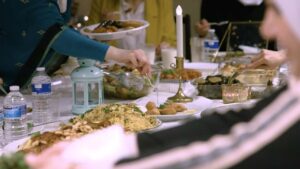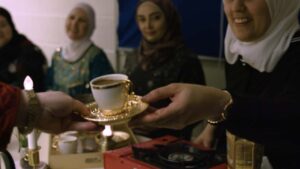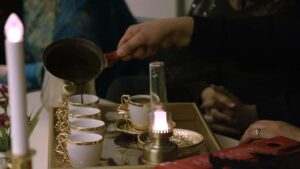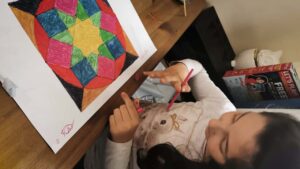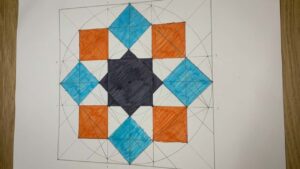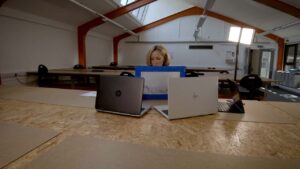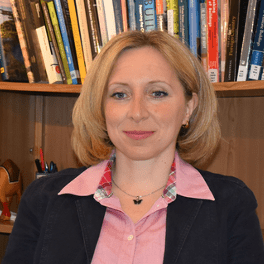
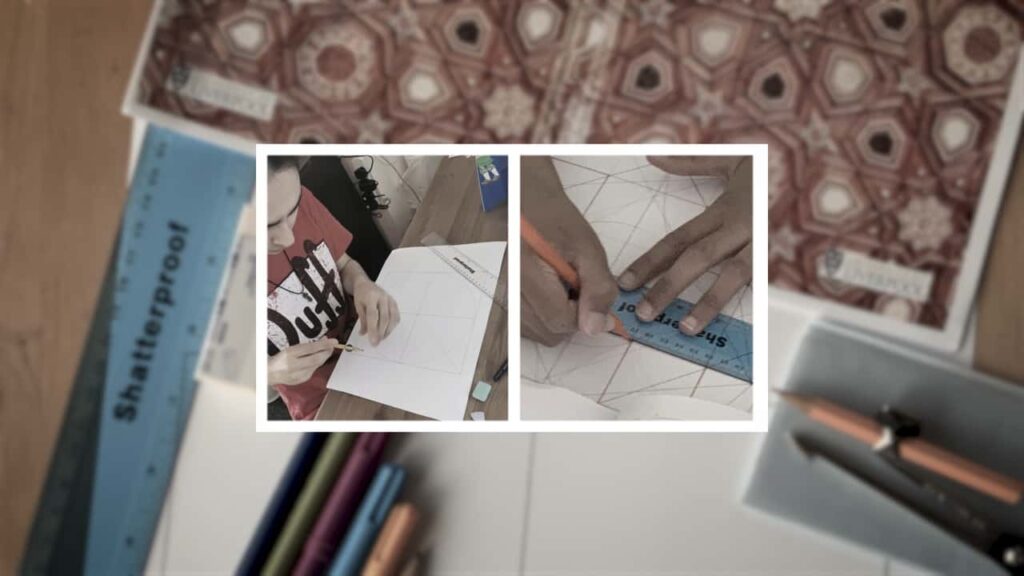
With massive displacement of Syrians inside and outside Syria, traditional experiences, memories, and the heritage values attributed to the communities are facing the utmost risk of eradication. This project aims to explore how intangible cultural heritage (ICH) could inform reshaping cities/towns in post-conflict Syria by studying the deep-rooted interdependency between ICH and their architectural settings. It aims to collect, record and document intangible traditions/knowledge from displaced Syrians currently residing in the UK. A repository of oral traditions, performing arts, and craftsmanship will be created via archival research, interviews, group-meetings and audio- visual recordings. The analysed data will provide spatial contexts of ICH practices, which aid holistic reconstruction approaches and mutual understanding.
About the Project
The project was highly cross-disciplinary, involving architecture, heritage, history, anthropology and socio-cultural disciplines. Its aims were fourfold:
- To collect and document the ICH – customs, traditions and knowledge – of Syrians currently residing in the UK;
- To discover and understand how Syrians have deployed their traditions to help them adapt to life in the UK and cope during the Covid-19 pandemic;
- To raise awareness of the richness of Syria’s intangible heritage among the displaced Syrians and the host community;
- To contribute to preserving Syria’s ICH and to shaping the reconstruction and reconciliation processes in Syria.
Ultimately, this project seeks to raise awareness of the values of such a heritage, to contribute to safeguarding it and to assist the process of socio-cultural cohesion and reconciliation.
Status
Completed 2021
Project Activities
1 ) Public lecture
A public lecture was planned and presented as an online talk in Arabic and invited Syrians and interested members of the public to attend via Zoom. The lecture was also presented live on the project’s Facebook page. The lecture was later edited and imbedded with English subtitles to communicate to a wider audience.
The lecture aimed to raise awareness about the tangible and intangible heritage of Syria and to encourage the safeguarding of such heritage by documenting different practices and supporting their continuity. Examples of heritage sites and assets from Syria were presented, along with other examples of ICH domains.
2 ) Interviews & Questionnaire Survey
To collate a comprehensive understanding of the existence and deployment of ICH among Syrians in the UK, information was collected via interviews and a questionnaire survey, as well as the recording of two socio-cultural events. These were aimed at capturing particular ICH skills and knowledge that Syrians have carried with them and utilised in the UK to establish a business, practice a hobby or simply to adapt to daily life and resettlement.
2 ) Shadow play theatre workshop
Shadow-play theatre is a traditional performing art featuring handmade puppets. Mukhāyil (a skilled puppeteer) moves the puppets behind a thin translucent curtain or screen inside a dark theatre.
Celebrating Syrian shadow-play theatre, our online workshop introduced the children to traditional performing arts, focusing on shadow-play theatre. Activities involved building a theatre set, using a frame and a transparent paper/screen, depicting the Eastern Gate of Old Damascus. The children then coloured the two puppets and attached them to wooden sticks to create moving puppets – Karakūz and ‘Iwaẓ – and moved them while we told them a story. The workshop was run in English, but the story was told in Syrian Arabic.
3 ) Hakawāty workshop
In Syria, a ḥakawāty is a professional storyteller, who entertains their audience in a private venue or public place. Storytellers used to tell their stories in Damascus in cafés and public spaces, where people would gather to listen to stories inspired by daily life or traditional folk stories. The ḥakawāty usually wore a traditional outfit that included a shurwāl, waistcoat, thick belt and red ṭarbūsh, and would sit on a raised platform in the café, to be clearly visible. The storyteller either memorised the stories or rented books to read traditional tales to the crowd.
Our online workshop was inspired by this long-standing tradition, and a young female storyteller currently residing in Liverpool, Kindah Ali, joined us. Kindah tells traditional stories about Syria as a hobby. As she says, ‘the story is the easiest way to deliver a message. People have empathy with each other’s stories and they reflect on their own life’.
4 ) Arabesque workshop
Arabesque, an Islamic geometric art form, is a unique visual feature of both the interior and exterior design of many courtyard houses, mosques, madrasas and palaces around the world, in Syria as in other predominantly Islamic countries.
In addition to its use as a decorative architectural element, the arabesque features in traditional arts and crafts such as textiles, ceramics, metalwork and manuscripts. Examples from Syria are Damascus brokār, ‘ajamī painting and mosaic-making.
In our online workshop, the children started by drawing a square on a sheet of white paper. They then used a compass, pencil, ruler and colours to create the pattern. I guided them through the process and they were also supplied with an accompanying booklet that provided step-by-step instruction.
4 ) Eftar
Two events were recorded: one was a social gathering of colleagues and friends to celebrate ifṭār at the end of Ramaḍān, as used to be organised in Syria to strengthen the connections between colleagues and friends. Despite being an Islam-related event, all colleagues from all religions used to participate, and this practice was continued in the UK.
The second event was also an ifṭār gathering, but was a more private affair: the participants were members of the same family and the event took place at their house. Both events featured similar traditional activities, like those of comparable events in Syria.
World Heritage Sites in Syria
Only six sites in Syria were listed on the UNESCO World Heritage List for their authenticity, integrity and outstanding universal values. However, all six were moved to the List of World Heritage in Danger in 2013 because of the threats posed by the conflict. Each one of these sites is unique and presents a mix of architectural remains from different historical eras. Old Damascus is the only site fortunate enough to have survived recent destruction; the others have all been partially demolished and/or looted during the conflict. The following is a list of these sites, with a very brief summary of their values according to the UNESCO’s listing criteria.
- Old Aleppo comprises remains of Hittite, Hellenistic, Roman, Byzantine and Ayyubid structures and artefacts that are incorporated in the iconic Citadel.
- The Great Umayyad Mosque, bazaars, mosques, madrasas, cathedrals, khans and courtyard houses ‘represent an exceptional reflection of the social, cultural and economic aspects of what was once one of the richest cities of all humanity’.
- Old Damascus is one of the oldest continuously inhabited cities in the world. The Great Umayyad Mosque, the Citadel, the Aẓm Palace, madrasas, khans (old trading centres and hostels), cathedrals, hammams and private residences demonstrate a ‘unique aesthetic achievement’ and bear witness to ‘the important historical events, ideas, and traditions that helped to shape the image of the city’.
- Palmyra ruins are a testament to the unique aesthetic achievement of a wealthy caravan oasis intermittently under Roman rule. The Grand Colonnade, the great Temple of Bel, the monumental archway and the large-scale funerary monuments ‘contributed greatly to the subsequent revival of classical architectural styles and urban design in the West’.
- Ancient Villages of Northern Syria provide exceptional testimony to the lifestyles and cultural traditions of the rural civilisations that developed in the Middle East and to the architecture of rural houses and civilian and religious community buildings at the end of the Classical Era and during the Byzantine Period.
- In Buṣrá (Bosra), the remains include extensive ruins of Nabataean, Roman, Byzantine and Umayyad buildings, including the intact second-century Roman theatre, the citadel, the sixth-century basilica, the cathedral, the Mosque of Omar and the Madrasa Jāmi‘ Mabrak al-Nāquah.
- Qal‘at al-Ḥiṣn (Crac des Chevaliers) and Qal‘at Ṣalāḥ al-Dīn represent a significant development in the fortification systems, which substantially differed from the European, and which contributed to the development of the castles in the Levant. They are the best-preserved examples in terms of their quality of construction and the survival of their historical stratigraphy.
Intangible Cultural Heritage of Syria
ICH is generally expressed through particular processes, phrases, expertise and skills, and includes associated objects and cultural places and spaces. ICH is divided by the UNESCO into five main domains. The following are just a few examples of Syrian heritage as listed by the Syria Trust for Development:
- Oral traditions and expressions: e.g. ḥakawāty (traditional storytelling), zajal (oral poetry contests), mūlawīyah (traditional folk-lyric poetry) and Syriac Christian music. Some are accompanied by traditional musical instruments such as the rabābah. The majority of oral traditions are practised by the mainstream social groups at special occasions reflecting the local dialects in different parts of Syria.
- Performing arts: e.g. playing traditional instruments such as the ‘ūd (oud) and qānūn, samaḥ and dabkah dances, ‘arāḍah performance, shadow-play theatre, the Qudūd Ḥalabīyah and Circassian dances. Most such performances are by trained professionals.
- Social practices, rituals and festive events: e.g. traditional weddings, ‘Īd al-fiṭr (Eid) and Christmas celebrations, barjīs (a game), the call for suḥūr by musaḥer and traditional coffee-making and drinking rituals.
- Knowledge and practices concerning nature and the universe: e.g. traditional agricultural practices, healing and medicine by an ‘aṭār (a person who prescribes traditional herbal medicine).
- Traditional craftsmanship: there are more than 100 categories of traditional crafts in Syria, some of which are practised by ordinary people in the course of their daily life, e.g. traditional foods such as ma’mūl, and cheese and other dairy produce. The remainder are practised as professions, e.g. traditional building methods, rug-making and weaving, glass painting, ‘ajamī painting and Damascus brūkār.
Outcomes & Outputs
- Film
- Workshop booklets
- Book
- Repository
Impact
Academic Impact
Impact on Policy
Socio-cultural Impact
Economic Impact
Impact on Professional Groups
Impact on Understanding, Learning and Participation
Gallery
Location
Liverpool, UK
Partners
Syrian-British Cultural Centre
Syria Trust for Development
Syria Photo Guide, Daniel Demeter
National Museums Liverpool
Funders
David Foster Wicks Endowment Fund
Research Development Initiative Fund, University of Liverpool, School of the Arts
Faculty of Humanities and Social Sciences Flexible Fund


